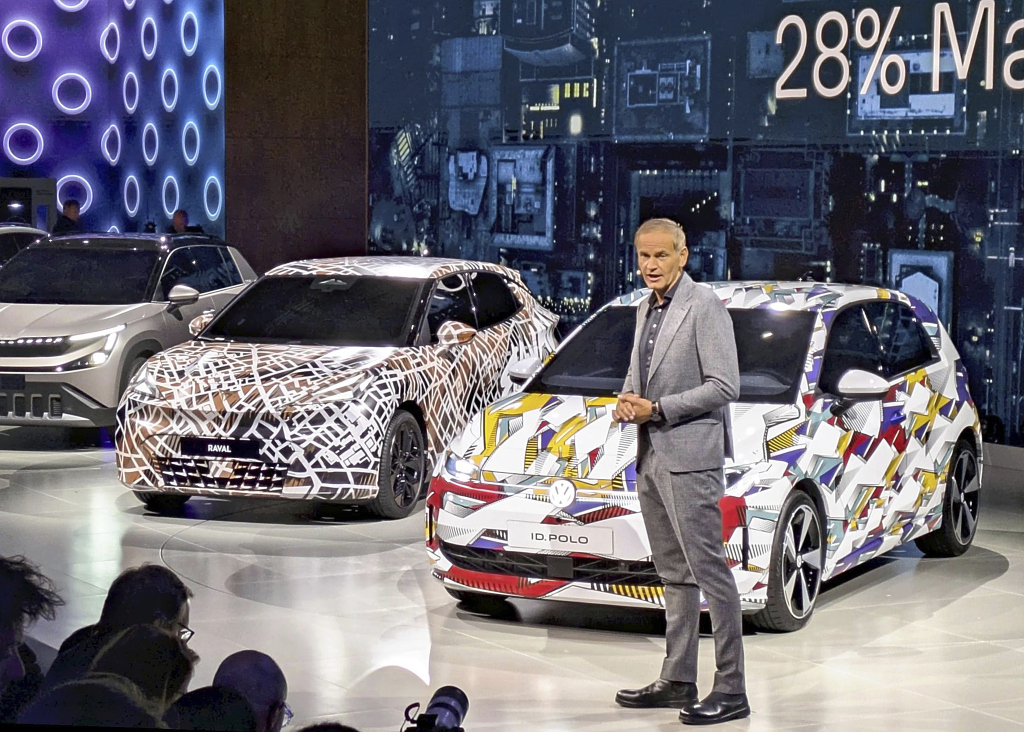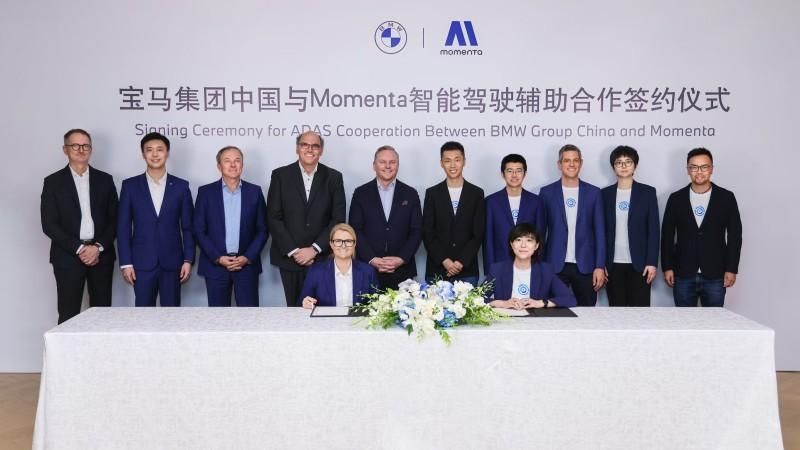
On October 31, the geothermal heating project of BMW Brilliance's powertrain plant and sixth-generation power battery center was officially put into operation.
As the core energy project of the Shenyang Sino-German Zero-Carbon Industrial Park, this project is jointly built by BMW Group, China Huaneng, Wanjiang New Energy and other local enterprises, making full use of Shenyang's rich geothermal resources.

The project plans to drill 28 medium-deep geothermal wells, providing a total heating area of 580,000 square meters, equivalent to the size of 80 standard football fields. It is expected to reduce carbon emissions by 18,000 tons per year, equivalent to the carbon emissions of a car circling the Earth's equator 3,000 times.
The most noteworthy feature is its "downhole heat exchange technology": the well reaches a depth of 2,900 meters, roughly equivalent to the height of 10 Eiffel Towers stacked together, and exchanges heat with the underground rock strata through a coaxial casing heat exchanger. The entire system achieves a closed-loop circulation, truly achieving "heat extraction without water extraction," efficiently extracting geothermal energy while maximizing the protection of local water and soil resources. Compared to traditional shallow ground source heat pumps, this technology also has the advantages of smaller footprint, stable operation, and high energy efficiency, perfectly meeting the heating needs of the long winters in northern regions.

BMW Group Director of Human Resources and Employee Relations, Ms. Haussmann
BMW Group’s Board Member for Human Resources and Employee Relations, Ms. Haussmann, said the project embodies the development philosophy of “integration of responsibility and innovation” and demonstrates BMW’s leading role in China’s green transformation.
It is understood that the sixth-generation power battery center covered by this heating is the core component production base for BMW's "new generation" pure electric vehicles, which means that BMW has reduced the carbon footprint of its products from the source of production.
In Shenyang, a traditional industrial city, the implementation of this "super geothermal heating" project has solved the problem of high energy consumption for winter heating. It is a forward-looking response and practice to the goals of "promoting low-carbon energy transformation" and "developing deep geothermal energy" in the national "15th Five-Year Plan". It has set an example for the green transformation of the automobile manufacturing industry and provided a replicable innovative model for the low-carbon transformation of northern industrial cities.


